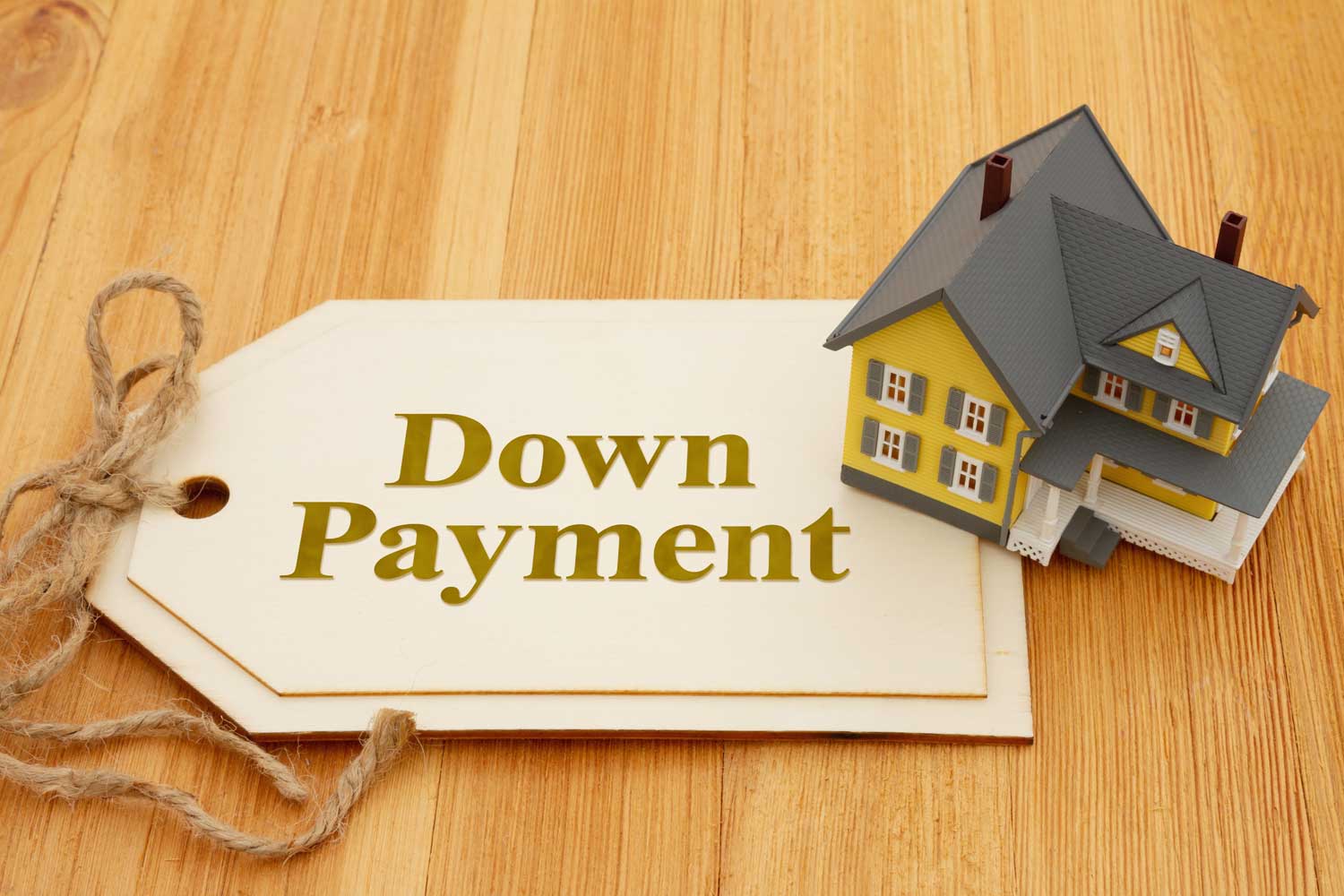Buying a home is one of the most significant financial decisions you’ll ever make. For most people, securing a mortgage is an essential part of this process. One crucial aspect of obtaining a mortgage is the down payment. A down payment is a lump sum of money you pay upfront when purchasing a home. In this article, we’ll explore the importance of a down payment, various options available, and strategies to help you make an informed decision.
The Importance of a Down Payment
A down payment serves multiple purposes in the homebuying process:
Reduces the Loan Amount: A larger down payment means you’ll need to borrow less money from the lender. This can lead to lower monthly mortgage payments and less interest paid over the life of the loan.
Demonstrates Financial Responsibility: A substantial down payment shows lenders that you’re financially responsible and committed to the purchase, making you a more attractive borrower.
Lowers the Risk for Lenders: Lenders view a higher down payment as a lower risk, which can result in better mortgage terms, such as a lower interest rate.
Options for Mortgage Down Payments
Traditional 20% Down Payment
A down payment of 20% of the home’s purchase price is often considered the gold standard.
- Benefits: Lower monthly payments, no need for private mortgage insurance (PMI), and better loan terms.
- Considerations: Saving a large sum of money can be challenging, especially for first-time homebuyers.
Smaller Down Payments
Many lenders offer mortgage programs with down payments as low as 3% to 5%.
- Benefits: Easier entry into homeownership and less upfront cost.
- Considerations: Smaller down payments typically come with higher monthly payments and may require PMI.
FHA Loans
Backed by the Federal Housing Administration, FHA loans often require a down payment of 3.5%.
- Benefits: Lower credit score requirements, ideal for first-time buyers.
- Considerations: FHA loans have upfront and ongoing mortgage insurance premiums.
VA Loans
Exclusively available to eligible veterans and active-duty service members, VA loans usually require no down payment.
- Benefits: No down payment, competitive interest rates, and no PMI.
- Considerations: Limited eligibility criteria.
USDA Loans
Offered by the U.S. Department of Agriculture, USDA loans require no down payment for eligible rural and suburban buyers.
- Benefits: No down payment and competitive rates.
- Considerations: Location-specific eligibility criteria.
Strategies for Affording a Down Payment
Start Saving Early
Create a dedicated savings account and contribute regularly to build your down payment fund over time.
Cut Expenses
Reduce discretionary spending and consider eliminating non-essential expenses to free up more money for savings.
Windfalls and Bonuses
Allocate any unexpected windfalls, such as tax refunds or work bonuses, toward your down payment fund.
Down Payment Assistance Programs
Investigate local, state, and federal programs that offer down payment assistance to eligible homebuyers.
Gifts or Loans
In some cases, you may receive gifts or loans from family members to help with your down payment.
Conclusion
A mortgage down payment is a critical aspect of the homebuying process, affecting your monthly payments, loan terms, and overall financial well-being. While a 20% down payment is often recommended, various options cater to different financial situations. Carefully consider your circumstances and use these options and strategies to make homeownership a reality. Remember to consult with a qualified financial advisor or mortgage professional to ensure you choose the right down payment strategy for your unique needs and goals.






